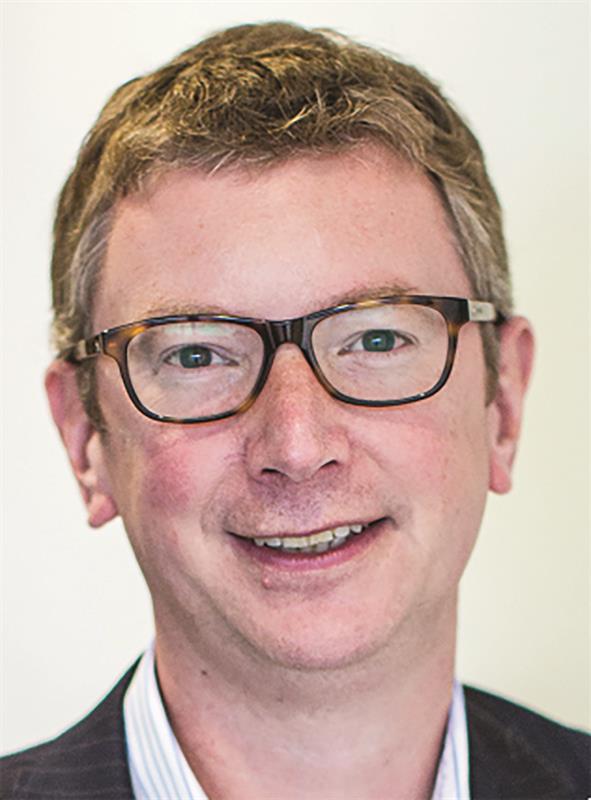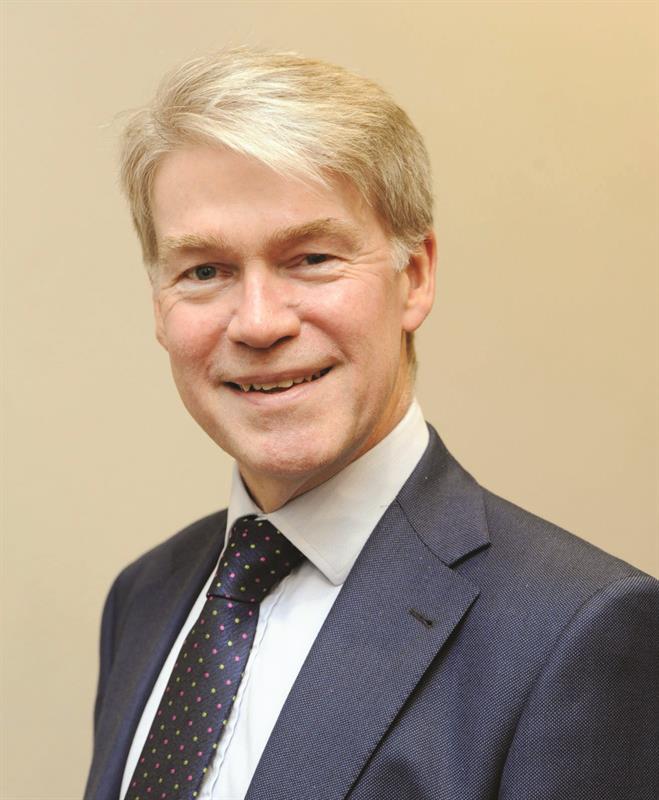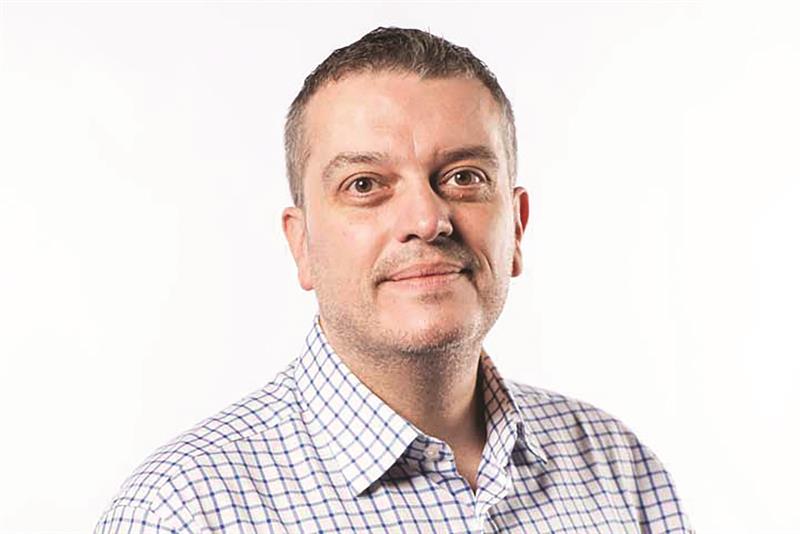
For a multinational optical corporation such as Specsavers, the global pandemic presented a raft of unprecedented challenges. Most were dealt with effectively, some changed the way the company did business and others, by the company’s own admission, left it fearful for the future.
While the Covid-19 pandemic is not over, the adjustments made to everyone’s daily lives have certainly put it in the rear-view mirror. The turbulent times the world finds itself in means Specsavers now has to manage the fallout from soaring costs of energy, 40-year-high inflation rates and supply chain delays. All while trying to move on from the impact of Covid-19.
To try to stay ahead of these problems, company co-founder Doug Perkins explains that a Pest (political, economic, social and technological) analysis is a helpful tool for the company, but the current circumstances mean their frequency has increased from every year to approximately every three or four months, with constant informal discussion.
From a political perspective, Perkins thinks that top-level discussions going on with the likes of the Department of Health and Social Care and the NHS are unlikely to yield the sort of improvements that the profession would like to see. Therefore, Specsavers is looking at making infrastructure and integration improvements. ‘Dentistry and optics just aren’t on the agenda for the next three years. It’s going to be about trusts and GP surgeries,’ he says.
‘But if we look one step down, there is a lot of opportunity out there, because the Clinical Commissioning Groups (CCGs) are now, as we all know, consolidating into Integrated Care Systems (ICS). That’s where the control of all health, including audiology, ophthalmology, medicine, hospitals and optics is, and that’s where the opportunity is in the next three years – through commissioning, because we know those waiting lists are getting longer and longer.’
Economic factors are another major consideration. Inflation and supply chain delays affect the company’s costs but it also affects patients and their pockets, something that the value-driven Specsavers is all too aware of. It is a fast-moving picture too. When Optician visited Guernsey to speak to the Specsavers team, the rate of inflation was just over 9%, a figure Perkins said was likely to go even higher. However, he probably was not envisioning it to vault into double figures in just a matter of weeks. Economic growth, which Perkins expected to be under 1%, is now forecast to shrink into a period of recession. At the time, Perkins said: ‘What does this tell you? It tells you that this is going to be a really tough time for everyday people, and that needs to be managed.
‘If those at the highest level play a skilled hand, I think we may be lucky and start seeing lower inflation in a couple of years. But the chance of stagflation is very real, which would not be a comfortable position for optics to be in.’
Social factors are likely to be influenced by economic factors, says Perkins, with the wellbeing of everyday people a major consideration for Specsavers. ‘We as a business must be very much focused on price, as well as service and value. I don’t think volumes will stay the same and I think opticians will quickly realise they’ve got to make a special effort to maintain volume.’
When it comes to technology, Perkins says it is imperative that the company thinks not about what might happen, but what is happening right now in different parts of the world – because it will not be long before those developments arrive in the UK. This means embracing automation in dispensing and refraction, clinical data capture and artificial intelligence, and wider use of the internet. ‘As far as we are concerned, we’re going to use partnership as the core of our business and blend it into the partnership model that we operate,’ says Perkins.
Training for the future
One of the cornerstones of the company’s plan for the future and moving on from the pandemic will be training and development. ‘We want to take it to the next level and continue to open it up to the entire sector,’ says Perkins.

Different modalities of training were on the agenda before the pandemic, but the lockdowns have accelerated the process, resulting in a move to a mixture of online and physical events, says clinical services director Giles Edmonds (pictured, left). ‘I remember the days prior to lockdown and we were about to take our mini Professional Advancement Conference (PAC) series out on the road, which clearly wasn’t going to happen,’ says Edmonds. ‘We had all of this content to deliver face-to-face, but the team did a brilliant job of converting it into virtual sessions within weeks.
‘We have recently taken mini PAC events to Glasgow and Manchester and we’ll have well over 1,000 colleagues at the events, but we’ve also had 2,500 attend virtual PAC events prior to that. When I talk to optometrists within the organisation, they tend to either like the virtual presentation or like the face-to-face event, where you can go back and see your colleagues you haven’t seen for a while. So, this blended learning approach has been brilliant for clinicians, and we’ve certainly had to accelerate some of our plans.’
Changing face of retail
As a business that relies heavily on footfall, Specsavers felt the effects of lockdown and emergency-only care more than others in the sector. ‘The number of people coming into practices to browse is lower than pre-Covid, no doubt about it,’ says Edmonds. The company has turned its attention to making sure its patients are happy with the service they receive. ‘Smiles’ is a simple rating system that allows the company to judge whether patients are happy with the service they received.
‘We’re always looking at the customer journey in terms of pinch points and where that journey is clunky,’ adds Edmonds. Some 40% of the company’s appointments are now booked online, he says, so the website is constantly studied to see how the patient experience can be improved.

‘Retail numbers are certainly down,’ director of professional services Paul Carroll agrees (pictured, right). ‘But I think the steps that we need to take to combat that are the same as the ones we implemented to face the internet challenge – competing on service. When you consider inflation and recession, clearly the two most important aspects for the public are price and service, so the one thing we can really knuckle down on now, is service.’
For director of professional advancement, Paul Morris (pictured, below), another differentiator against retail and technological threats will be the expertise embedded within the company’s practice network. ‘We invest more per square metre in diagnostic capability than anywhere else, and while never is a long time, I think that will be incredibly difficult for the internet to replicate,’ he says.

The changing face of the high street, with many of the big traditional names giving up leases or simply giving up, is starting to benefit Specsavers practices. ‘We’re seeing more of our high street stores relocating to big prestige units that have now become available,’ says Perkins. Many of the practices which relocated have been spread over multiple floors and Perkins says the customer experience is much better as patients to have everything on one floor.
As Specsavers approaches its 40th anniversary, the issue of joint venture partner retirement and succession is becoming a topic that requires its own strategy and, according to Edmonds, the dynamic of the partner structure is evolving. ‘When I started off as a joint venture partner it was myself and my retail partner, Tim. As our business grew, we ended up opening a second store. I brought another optometrist partner and then Tim brought in his own store manager partner. They’re both in their early 30s and, ultimately, that will be the natural succession plan,’ he says.
Morris says potential leaders and partners tend to make themselves known naturally, through events like the newly qualified Excel day. ‘We ask who wants to be a practice manager or run their own practice and the response is usually in single digit figures,’ he says.
‘But overall, more than three-quarters of them, want some responsibility or leadership through opportunity and I think that, with CPD now allowing growth in a different ways, we hope to make these opportunities really visible to them. Once they dip their toe in the water, it shows that there’s an appetite for people to be leaders and potentially partners, and I think that’s really encouraging for the business.
